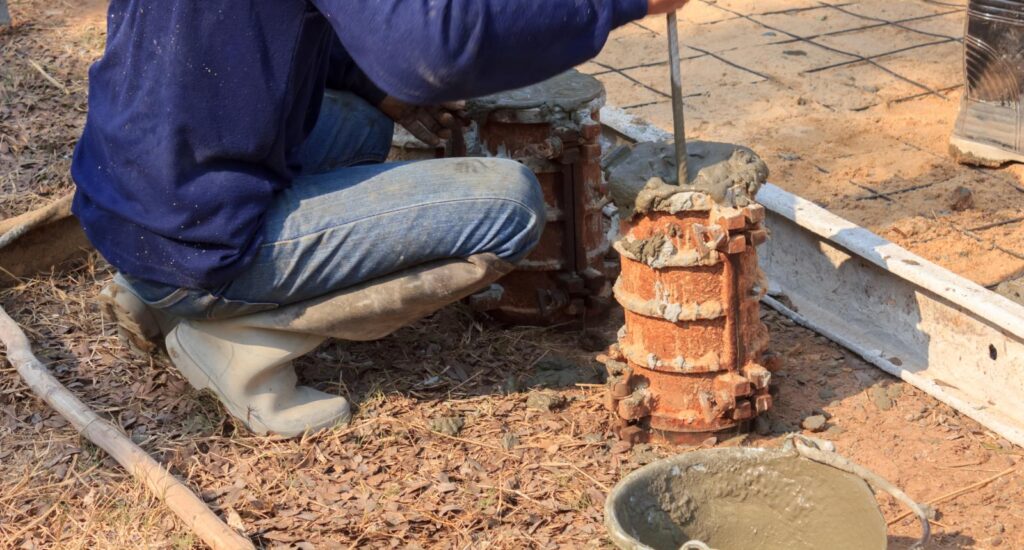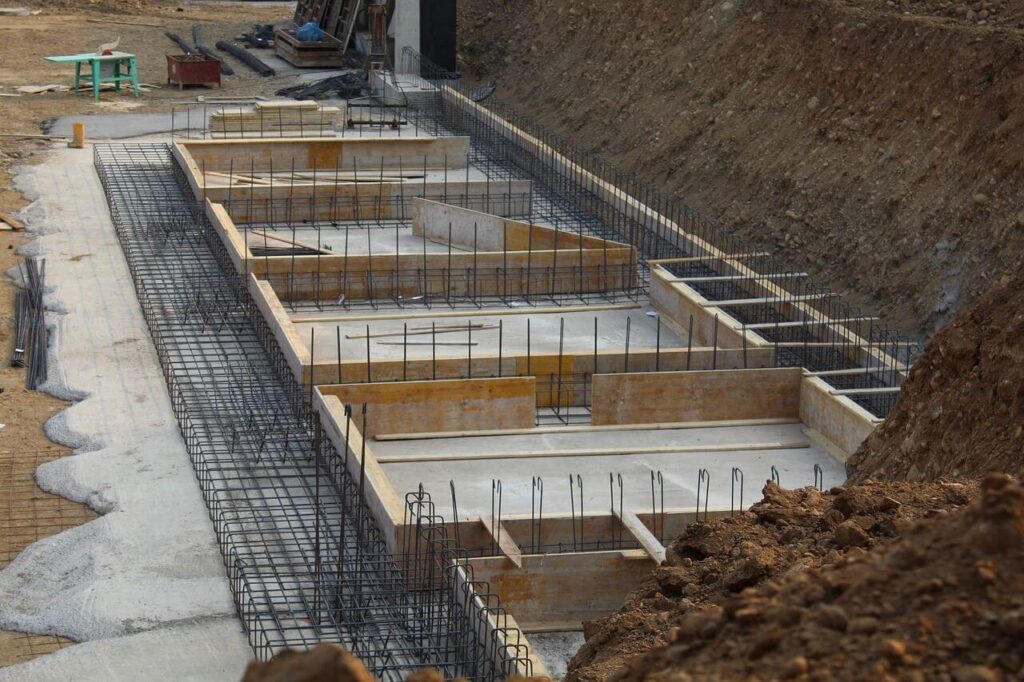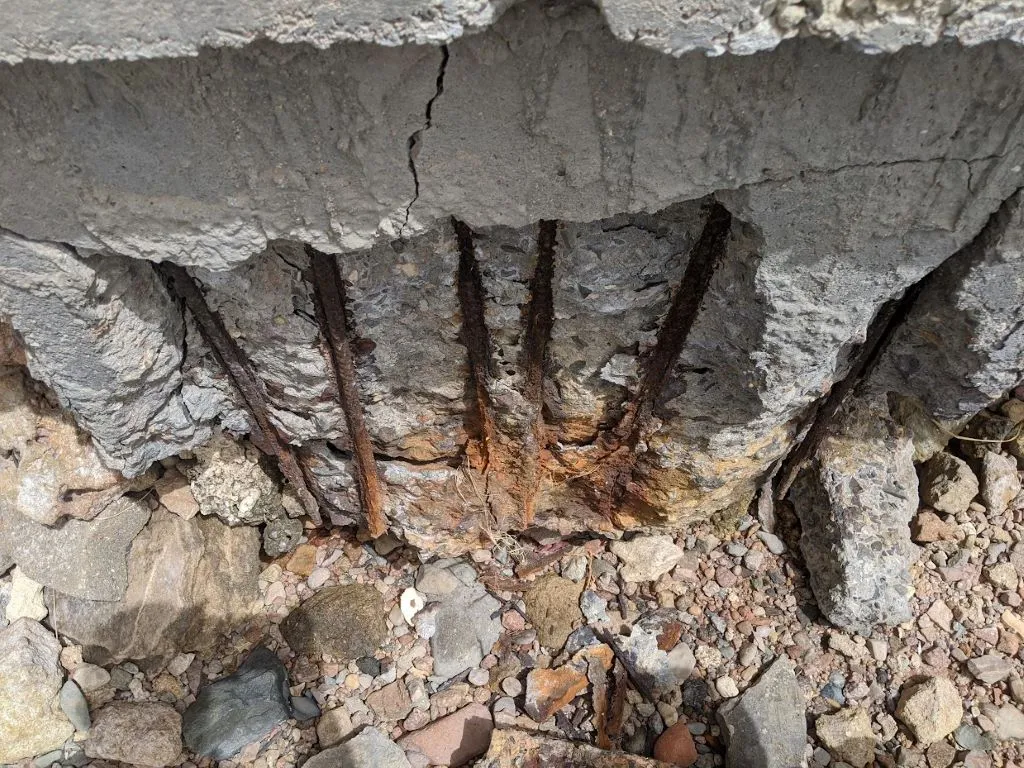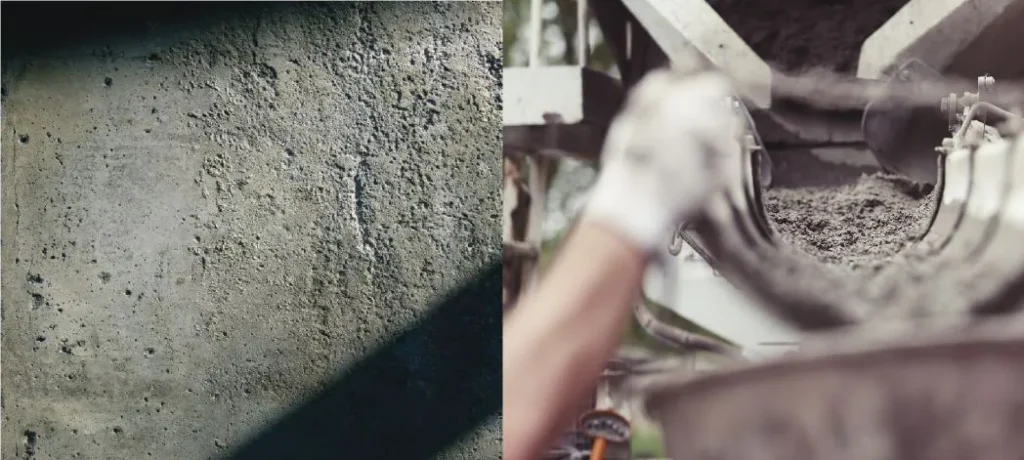I. Introduction
Concrete strength is one of the most critical parameters in construction and civil engineering projects. understanding concrete strength lies in PSI (Pounds per Square Inch) of concrete. It’s a standard measurement unit that determines a concrete structure’s ability to withstand loads and environmental pressures.
PSI of Concrete definition
PSI, or Pounds per Square Inch, represents the compressive force needed to cause concrete failure per square inch of surface area. This measurement provides a standardized way to quantify concrete’s strength, enabling engineers, contractors, and builders to specify and verify concrete performance for different applications. For example, when we say concrete has a strength of 4000 PSI, it means it can withstand 4000 pounds of pressure per square inch before failing.
II.Importance of PSI in Measuring Concrete Strength
Understanding concrete PSI is crucial for several reasons:
- Structural Safety: PSI ratings ensure structures can safely support intended loads
- Quality Control: Provides a measurable standard for concrete production and testing
- Code Compliance: Helps meet building codes and regulatory requirements
- Project Specifications: Enables accurate specification of concrete for different applications
- Cost Effectiveness: Allows optimization of concrete mix designs for specific strength requirements
III. Common PSI Ratings and Their Applications
2500 PSI

- Residential walkways
- Patios
- Driveways (in mild climates)
- Basic home projects
3000 PSI
- Standard residential driveways
- Light commercial uses
- Foundation walls
- Most residential applications
4000 PSI
- Commercial buildings
- Parking structures
- High-traffic areas
- Structures exposed to freezing conditions
5000+ PSI

- High-rise buildings
- Bridges
- Infrastructure projects
- Special industrial applications
IV. Factors Affecting PSI
The final strength of concrete, measured in PSI, is influenced by numerous factors that must be carefully controlled during mixing, placement, and curing. Understanding these factors is crucial for achieving the desired concrete strength consistently.
Concrete Mix Design
1. Cement Type and Quality
- Type Selection: Different cement types (I, II, III, IV, V) offer varying strength development rates and properties
- Chemical Composition: The chemical makeup of cement affects strength development
- Fineness: Finer cement particles generally lead to higher early strength
- Quality Control: Proper storage and handling prevent cement degradation
2. Water-Cement Ratio
- Optimal Range: Typically 0.35 to 0.45 for structural concrete
- Strength Correlation: Lower water-cement ratios generally result in higher strength
- Workability Balance: Must balance strength requirements with concrete workability
- Impact on Durability: Affects porosity and long-term durability
3. Aggregate Type and Size
- Coarse Aggregate:
- Size distribution (usually 3/8″ to 1.5″)
- Shape (angular vs. rounded)
- Surface texture
- Strength and durability
- Fine Aggregate:
- Gradation
- Cleanliness
- Moisture content
- Aggregate-Cement Paste Bond: Influences overall concrete strength
- Maximum Size: Should be appropriate for the structure’s dimensions
4. Admixtures
- Water Reducers: Improve workability without increasing water content
- Air-Entraining Agents: Enhance freeze-thaw resistance but may reduce strength
- Accelerators: Speed up strength development
- Superplasticizers: Enable very low water-cement ratios while maintaining workability
- Supplementary Cementitious Materials:
- Fly ash
- Silica fume
- Ground granulated blast furnace slag
Curing Conditions
1. Temperature
- Optimal Range: 50°F to 85°F (10°C to 29°C)
- Cold Weather Effects:
- Slower strength development
- Need for protection and heating
- Risk of freezing damage
- Hot Weather Effects:
- Rapid water evaporation
- Potential for surface cracking
- Need for cooling measures
2. Humidity
- Moisture Retention: Critical for proper cement hydration
- Recommended Levels: Above 80% relative humidity
- Protection Methods:
- Water curing
- Curing compounds
- Plastic sheeting
- Wet burlap
3. Curing Time
- Duration Requirements:
- Minimum 7 days for most applications
- Up to 14 days for high-strength concrete
- Longer curing times generally result in higher strength
- Strength Development Timeline:
- 7-day strength: Approximately 65-75% of 28-day strength
- 14-day strength: Approximately 85-90% of 28-day strength
- 28-day strength: Standard measurement point
- Continued strength gain beyond 28 days
Additional Considerations
- Placement Methods:
- Proper consolidation
- Avoiding segregation
- Appropriate finishing techniques
- Environmental Conditions:
- Wind exposure
- Direct sunlight
- Ambient temperature fluctuations
- Quality Control Measures:
- Regular testing
- Proper documentation
- Adherence to specifications
V. Testing PSI (Pounds per Square Inch)
Testing the PSI of concrete is crucial to ensure that it meets the required strength specifications for construction projects. This section covers the standard testing methods, testing procedures, and interpretation of results to assess concrete strength.
Standard Testing Methods
To determine the compressive strength of concrete, the following standards are widely used:
- ASTM C 39: This is the Standard Test Method for Compressive Strength of Cylindrical Concrete Specimens. It outlines the procedures for preparing and testing cylindrical specimens of concrete to evaluate their compressive strength.
- ACI 318: The American Concrete Institute (ACI) 318 Building Code Requirements for Structural Concrete provides guidelines for the design and construction of structural concrete, including required strength levels and acceptable testing standards for verification.
Testing Procedures
1. Sample Preparation
- Concrete Sampling: Concrete specimens are collected from a batch during placement, typically in the form of cylindrical molds measuring 6 x 12 inches or 4 x 8 inches.
- Curing Process: Specimens are cured under controlled conditions for a specific period (typically 7, 14, or 28 days) before testing. Proper curing is essential to ensure that the concrete reaches its expected strength.
- Marking and Storage: Each sample is labeled with identifying marks to track the age and batch source. The specimens should be stored in a moist environment, ideally at 100% humidity, to prevent drying.
2. Testing Equipment
- Compression Testing Machine: The primary equipment used to test PSI is a compression testing machine. It applies a steadily increasing load to the concrete sample until it fails.
- Calibrated Load Cell: The machine should be equipped with a calibrated load cell that can measure the maximum load applied during testing.
- Recording Devices: Modern machines often include software for data logging and analysis to precisely record the compressive load.
3. Data Analysis
- Calculation of Compressive Strength: The PSI is calculated by dividing the maximum load (force) applied to the concrete sample by the cross-sectional area of the specimen. This gives the compressive strength in pounds per square inch (PSI).
- Comparison to Design Specifications: The test results are compared with the design strength requirements of the project, which are typically 3,000 to 5,000 PSI for most residential and commercial construction projects. High-performance concrete used in bridges and skyscrapers may require much higher PSI values, ranging from 6,000 to over 10,000 PSI.
- Analysis of Variability: Multiple samples are often tested to account for variability in material properties. Statistical analysis is performed to ensure the tested concrete meets required standards, and corrective actions are taken if results show significant deviations from expected values.





